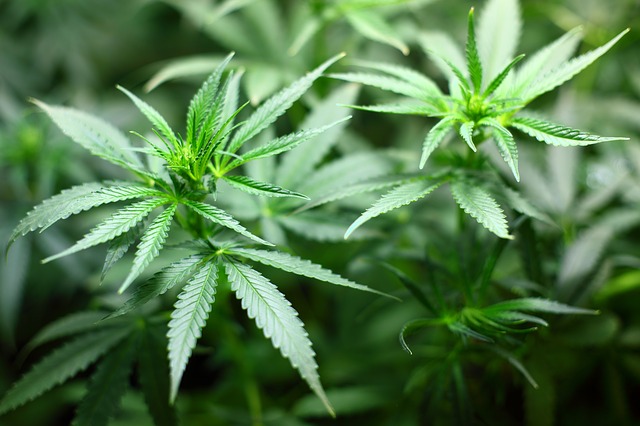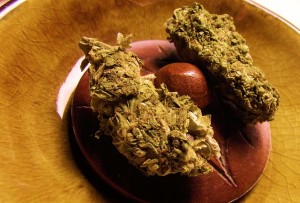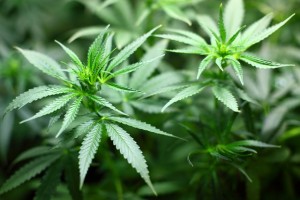There are more than 480 natural components found within the Cannabis sativa plant, of which 66 have been classified as “cannabinoids;” chemicals which are unique to the plant. The most well known and researched of these, delta-9-tetrahydrocannabinl (Δ9-THC), is the substance primarily resposibile for the psychoactive effects of cannabis.
Cannabinoids are also separated into subclasses. These are as follows:
- Cannabigerols (CBG).
- Canabichromenes (CBS).
- Cannabidoils (CBD).
- Tetrahydrocannabinols.
- Cannabinol CBN and Cannabinodiol (CBDL).
- Other cannabinoids such as cannabicyclol (CBL),cannabielson(CBE), cannabitriol (CBT) and other miscellaneous types.
What do cannabinoids do?
Like opiates, cannabinoids affect the user by interacting with specific receptors, located within different parts of the central nervous system. There are only two kinds of cannabinoid receptors that have have been found to do and are termed CB1 and CB2. A substance that occurs naturally in the brain and binds to CB1 receptors was discovered in 1992 and termed “anandamide.”
Additinally natural occuring substances that bind CB1 have since been discovered, and these, together with the receptors are termed the “endogenous cannabinoid system.”
The actual effects that the cannabinoids have reflect the areas of the brain thet interact with. These interactions tend to occur in our limbic syste (the part of the brain that affects memory, cognitions and psychomotor performance) and mesolimbic pathway (activity in this region is associated with feelings of reward) and there are also widely distributed in areas of pain perception.
Many researchers are still learning about the endogenous cannabinoid system. Much of the research however, has focused on the many potential medical uses of man-made cannabioids, refereed to as “synthetic analogues.”
The difference between cannabinoids
The major difference between the cannabinoids are determined by the extent to which they are psychologically active. Three classes of cannabinoids; the CBG, CBC and CBD are not known to have such an effects/ THC, CBN, CBDL and some cannabinoids on the other hand are known to be psychologically active to varying degrees.
CBS is considered tp be the most abundant cannabinoid, contributing up to 40% of cannabis resin. Interestingly, CBD may actually have anti-anxiety effects and lessen the psychoactive effects of THC. This means that a plant with a greater percentage of CBD may reduce the intensity of the effects of the THC, which in effect lowers the potency of the plant. This means that a plant containing less CBD might have an increased psychological impact and result in unwanted effects such as anxiety.
When THC is exposed to air, it oxidizes and forms CBN. CBN is a very weak psychoactive and not unlike CBD interacts with THC to reduce its effects.



